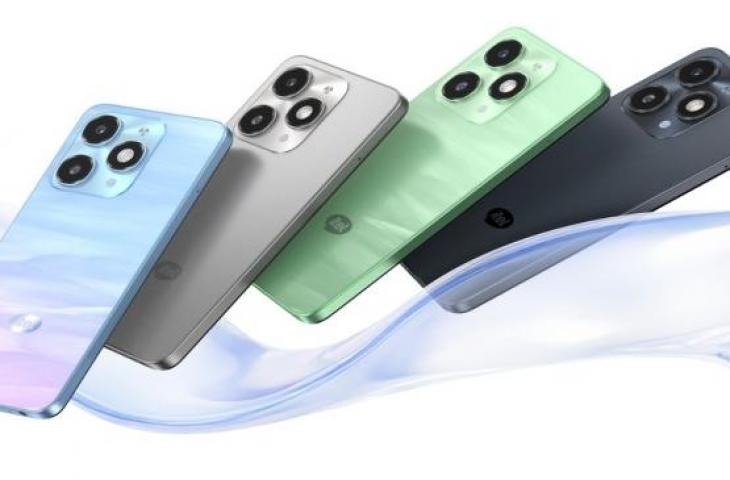A new benchmark has emerged in the sub-$60 smartphone segment, revolutionizing what budget buyers can expect. Gone are the days of slow performance and choppy screens; affordable phones now boast smooth 120Hz displays and capable chipsets.
Leading this shift are brands like POCO, Tecno, and Infinix, who integrate modern features at very low prices. This change redefines entry-level smartphones, making them suitable for everyday tasks and light gaming.
The Powerhouse Chipset: Unisoc T7250
Central to this advancement is the Unisoc T7250 chipset. This efficient octa-core processor with Mali-G57 MP1 GPU brings a significant boost in speed and graphics handling. It supports popular games such as PUBG Mobile and Mobile Legends: Bang Bang without much lag. According to a recent report, some devices with 6GB RAM running this chipset can even play Genshin Impact on the lowest settings, a feat previously unimaginable in this price range.
Top Models Set the New Standard
Three budget smartphones stand out by combining 120Hz screens with powerful internals:
-
POCO C71 – Priced around $60 (Rp 999,000), this model offers a 120Hz refresh rate, up to 6GB RAM, and a 32MP main camera with Optical Image Stabilization (OIS). The inclusion of OIS at this price is rare, making the C71 an exceptional value for photography enthusiasts.
-
Tecno Spark Go 2 – Selling for approximately $55 (Rp 919,000), it features the Unisoc T7250 chipset and a 120Hz display. Its design closely resembles high-end models like the iPhone 17 and includes IP46 dust and water resistance, enhancing durability.
- Infinix Smart 10 – This handset is the most affordable among the three at around $54 (Rp 905,000). It delivers a bright 120Hz display with up to 700 nits of brightness, suitable for outdoor use.
Other Worthy Contenders with Unique Features
Several alternatives in the sub-$60 bracket present differentiated attributes worth noting:
-
Nubia A56 ($56 / Rp 947,000) offers a large 6.75-inch screen and a Dynamic Island feature inspired by Apple, catering to users seeking ease of use.
-
Itel A90 ($56 / Rp 948,500) focuses on generous storage, providing 128GB ROM at this price point.
-
Redmi A3 ($60 / Rp 999,000) runs on a MediaTek Helio G36 chipset, known for reliable everyday performance and a familiar user interface.
- Realme Note 50 ($58 / Rp 975,000) combines a slim 7.9mm profile with the Unisoc Tiger T612 chipset, creating a sleek yet capable device.
Impact on Consumers
This new baseline in budget smartphones means consumers no longer have to compromise on fluidity and processing strength when purchasing a device under $60. The availability of 120Hz displays paired with efficient chipsets challenges previous assumptions about the limitations of affordable phones.
The key question today is no longer whether a sub-$60 phone can perform well but rather which of these new 120Hz-equipped choices best fits individual needs. Buyers gain diverse options balancing screen smoothness, battery life, camera capability, and build quality.
Budget smartphones have reached a turning point. The once prevalent experience of lag and slow navigation gives way to smooth animations and responsive apps. As brands continue to innovate in the entry-level space, users benefit from an unexpectedly refined user experience at minimal cost.
